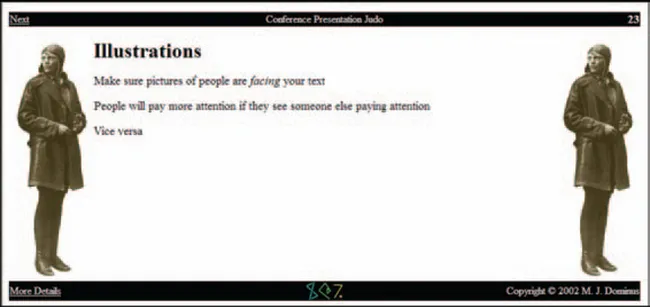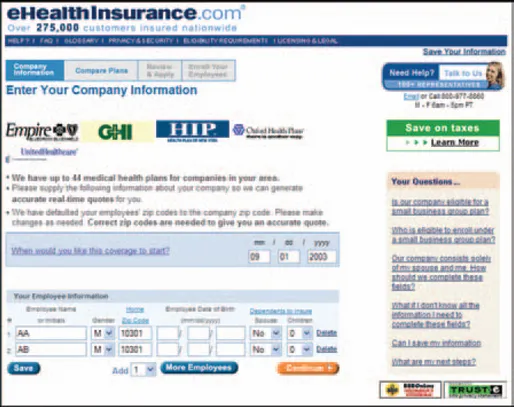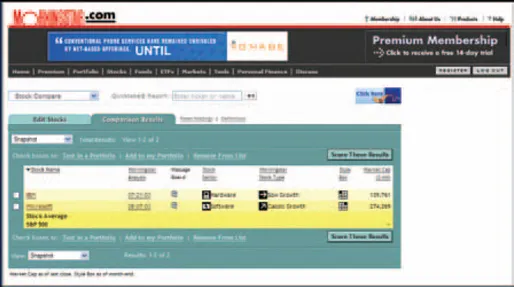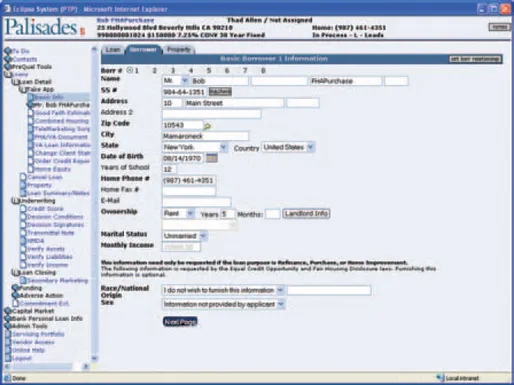
Web Application Design Handbook
Best Practices for Web-Based Software
- 658 pages
- English
- ePUB (mobile friendly)
- Available on iOS & Android
About this book
The standards for usability and interaction design for Web sites and software are well known. While not everyone uses those standards, or uses them correctly, there is a large body of knowledge, best practice, and proven results in those fields, and a good education system for teaching professionals "how to." For the newer field of Web application design, however, designers are forced to reuse the old rules on a new platform. This book provides a roadmap that will allow readers to put complete working applications on the Web, display the results of a process that is running elsewhere, and update a database on a remote server using an Internet rather than a network connection. Web Application Design Handbook describes the essential widgets and development tools that will the lead to the right design solutions for your Web application. Written by designers who have made significant contributions to Web-based application design, it delivers a thorough treatment of the subject for many different kinds of applications, and provides quick reference for designers looking for some fast design solutions and opportunities to enhance the Web application experience. This book adds flavor to the standard Web design genre by juxtaposing Web design with programming for the Web and covers design solutions and concepts, such as intelligent generalization, to help software teams successfully switch from one interface to another.* The first interaction design book that focuses exclusively on Web applications.* Full-color figures throughout the book.* Serves as a "cheat sheet" or "fake book" for designers: a handy reference for standards, rules of thumb, and tricks of the trade.* Applicable to new Web-based applications and for porting existing desktop applications to Web browsers.
Frequently asked questions
- Essential is ideal for learners and professionals who enjoy exploring a wide range of subjects. Access the Essential Library with 800,000+ trusted titles and best-sellers across business, personal growth, and the humanities. Includes unlimited reading time and Standard Read Aloud voice.
- Complete: Perfect for advanced learners and researchers needing full, unrestricted access. Unlock 1.4M+ books across hundreds of subjects, including academic and specialized titles. The Complete Plan also includes advanced features like Premium Read Aloud and Research Assistant.
Please note we cannot support devices running on iOS 13 and Android 7 or earlier. Learn more about using the app.
Information
What Is a Web Application?
What’s the Difference Between a Web Page and a Web Application?





What Difference Does the Platform Make?
Table of contents
- Cover image
- Title page
- Table of Contents
- Critical Acclaim For WEB APPLICATION DESIGN HANDBOOK
- Endorsements Continued
- The Morgan Kaufmann Series in Interactive Technologies
- Copyright
- PREFACE
- Chapter 1: What Is a Web Application?
- Chapter 2: The Browser Framework
- Chapter 3: Data Input: Forms
- Chapter 4: Data Input: Lists
- Chapter 5: Data Retrieval: Search
- Chapter 6: Data Retrieval: Filtering and Browsing
- Chapter 7: Data Output: Reports
- Chapter 8: Data Output: Printed Forms
- Chapter 9: Interacting with Output
- Chapter 10: Designing Graphs and Charts
- Chapter 11: Graph Types Based on Use
- Chapter 12: Designing Diagrams
- Chapter 13: Diagram Types
- Chapter 14: Designing Geographic Maps
- Chapter 15: Interacting with Geographic Maps
- Chapter 16: Types of Maps
- Appendix A: Web Application Design Worksheets
- Appendix B: Quality Testing
- Appendix C: Usability Testing
- Appendix D: Design Checklists
- Glossary
- REFERENCES
- RESOURCES
- BIOGRAPHIES
- INDEX